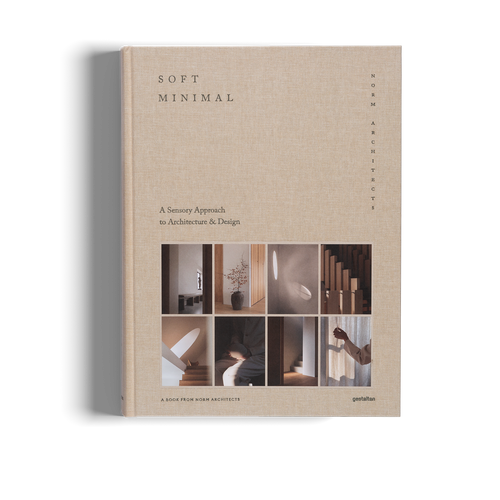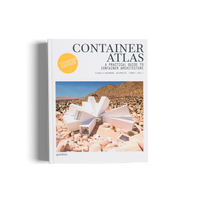
02/2020 architecture & interior
Ten years ago container architecture existed as a predominately temporary module structure, often serving as an experiment to commercial pursuits. It was an era where espresso impresario café containers would crop up at Biennales, where retail giants repurposed freights for pop-up spaces, and momentary dwellings materialized across the Northern Hemisphere.
German architecture studio architech, founded and guided by luminary container pioneer Professor Han Slawik, was one of the earliest adopters of this style. In 1986, they built and designed 'Campus' in Almere, the Netherlands, the first steel container house in Europe. While at Leibniz University Hanover, Professor Slawik and his team of three assistants analyzed in detail the emerging phenomenon of modular architecture that was the beginning to grip much of the design world. Through the release of Container Atlas (2010), the scientific team highlighted the surge in this style and explained why more individuals were connecting with the approach.
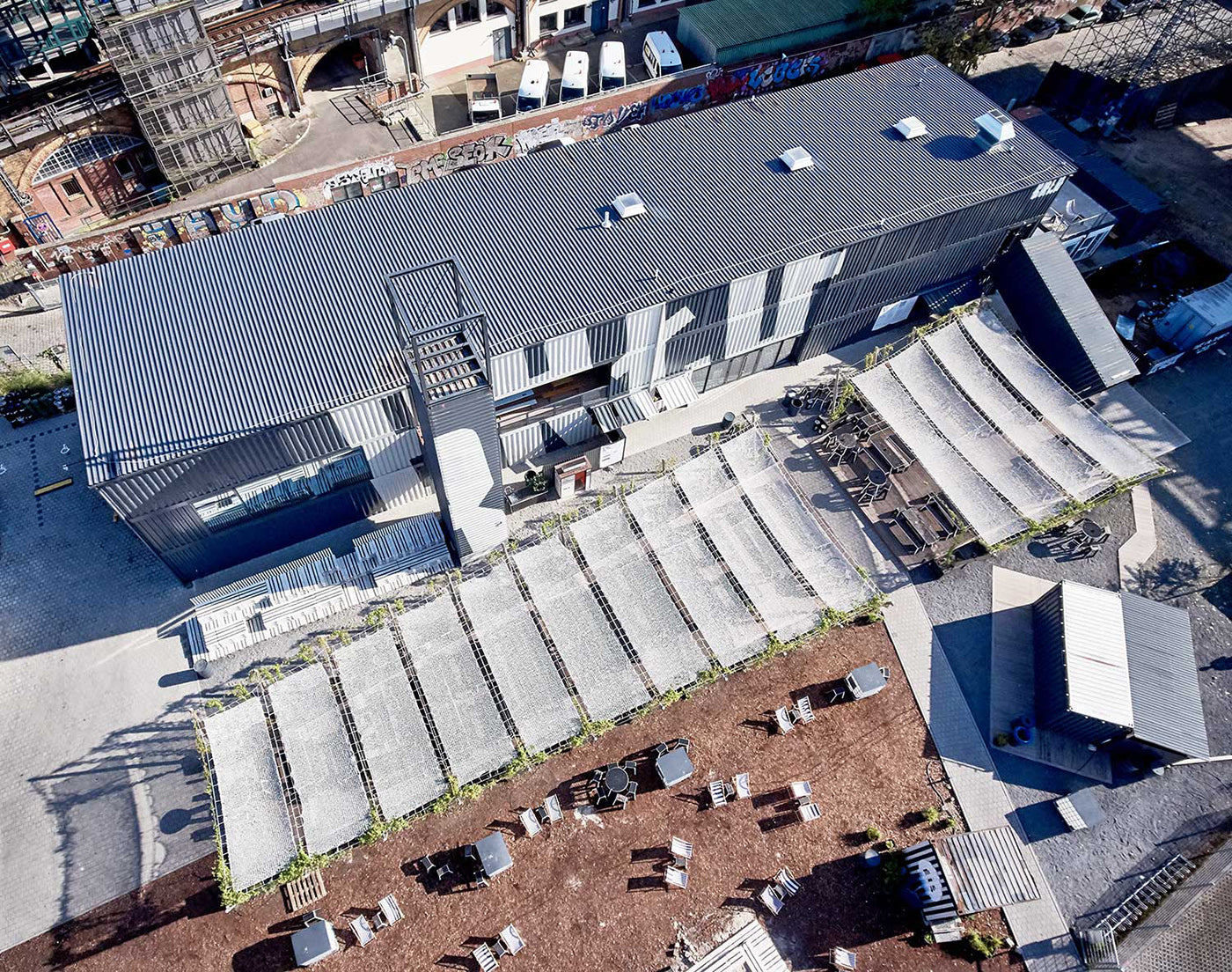
Berlin’s Gleisdreieck Park is home to BRLO Brwhouse, which was designed by Graft Architects. The freestanding structure was inspired by the Platoon Kunsthalle buildings in Seoul and Berlin, which are composed of overseas shipping containers. (Photo: Ulf Saupe)
Today, the way in which containers are used as building modules appears to be opening up the possibility of a creative, sophisticated, almost playful manner of working with space. Unexpected solutions are being realized in unconventional ways—attracting attention on a global scale. The negative image of container buildings, which arose over the last decades due to temporary, low-quality structures, has long since been reversed.
To grasp this transformation, Professor Han Slawik talked to us about the evolution of container architecture, its fashionable rise, and what this field needs to be wary of looking ahead into the next decade.
What changes have you noticed or observed within container architecture since the first edition was released?
In the first edition of Container Atlas (2010), there were mostly temporary projects featured, not only with freight containers but also with varied building container modules. In the last decade, we have seen a boom in new container projects worldwide. Therefore in the 2020 edition, we added new freight container projects in different dimensions and qualities, featuring freight container projects of the highest quality. There is also a wider focus on stationary buildings, while also exploring significant temporary structures.
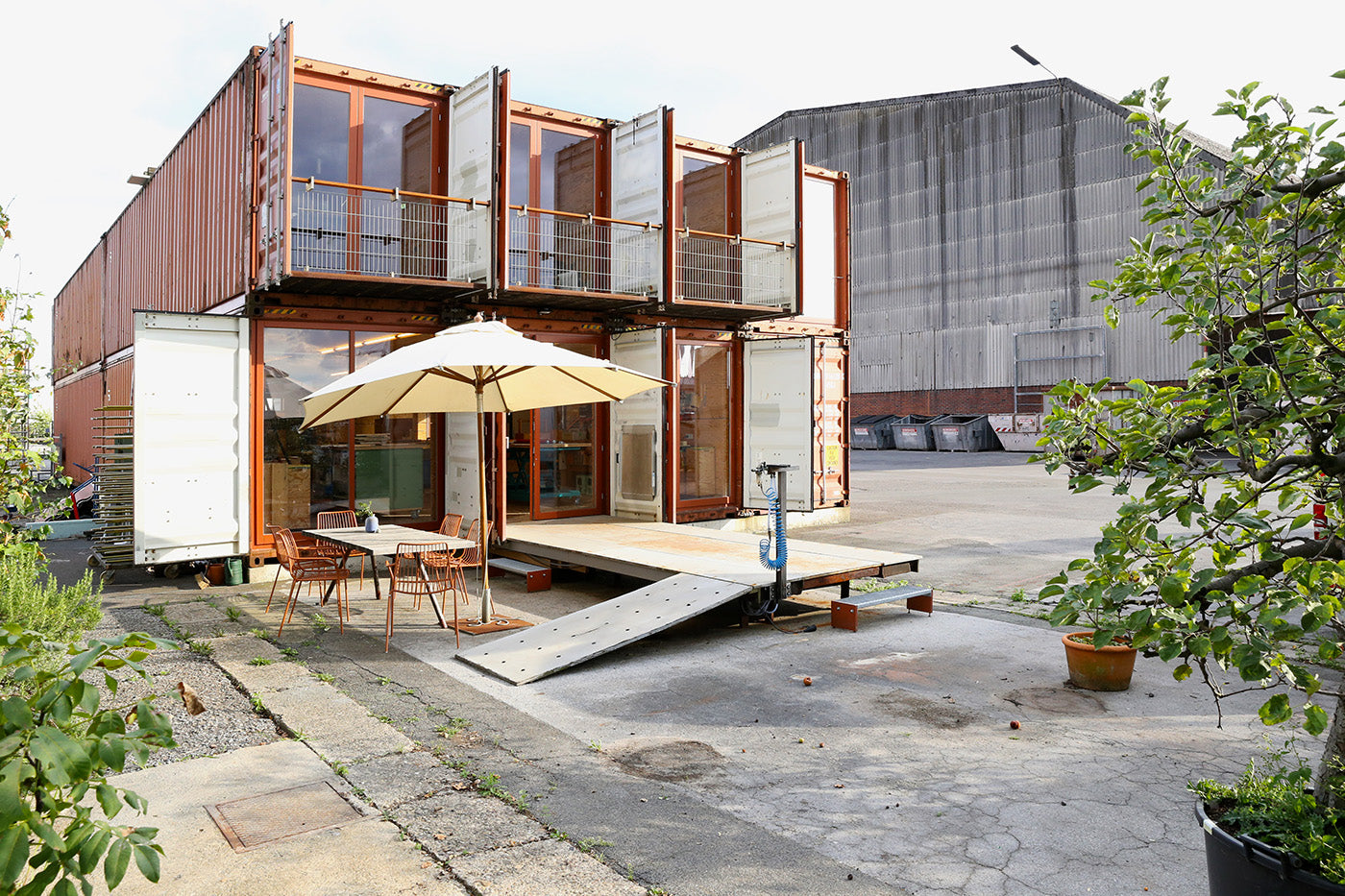
German architecture practice and cabinet-maker Grimme has created a workspace that is clad in timber and filled with light. Titled 'Containerwerkstattt,' the structure in Münster, Germany, consists of 16 shipping containers stacked two high. (Photo: Johannes Grimme)
Is there one particular project that best symbolizes the innovation of current container architecture?
For me, there are two different fascinating projects. The 'Containerwerkstatt' from Grimme (p.242) is a very simple project, but the minimal characteristics are executed perfectly with puristic construction details. The configuration of 40 standard freight containers has made the inner spaces exciting despite the limited construction budget of the project.
The second project is the 'Joshua Tree Residence' from Whitaker Studio (p.130). Through the sophisticated configuration of the freight containers, a very special space both in and outside has been envisioned. Due to the positioning of the containers and the surrounding exotic landscape, the construction of this project requires a higher budget.

The 'Joshua Tree Residence' from Whitaker Studio is featured on the front cover of Container Atlas.
What countries have best adapted this design approach, and why do you think they are more drawn to using containers?
I think that countries with liberal building laws are drawn to this style, places where creative people feel more open to new unconventional architecture styles and building methods, usually in temperate climate zones. These can be found in continents like Asia (China and South Korea), the Americas (California and other parts of the USA; Costa Rica for example), but also Australia and South Africa. This building method with container space modules is also suitable for do-it-yourself projects and professional industrial builders.
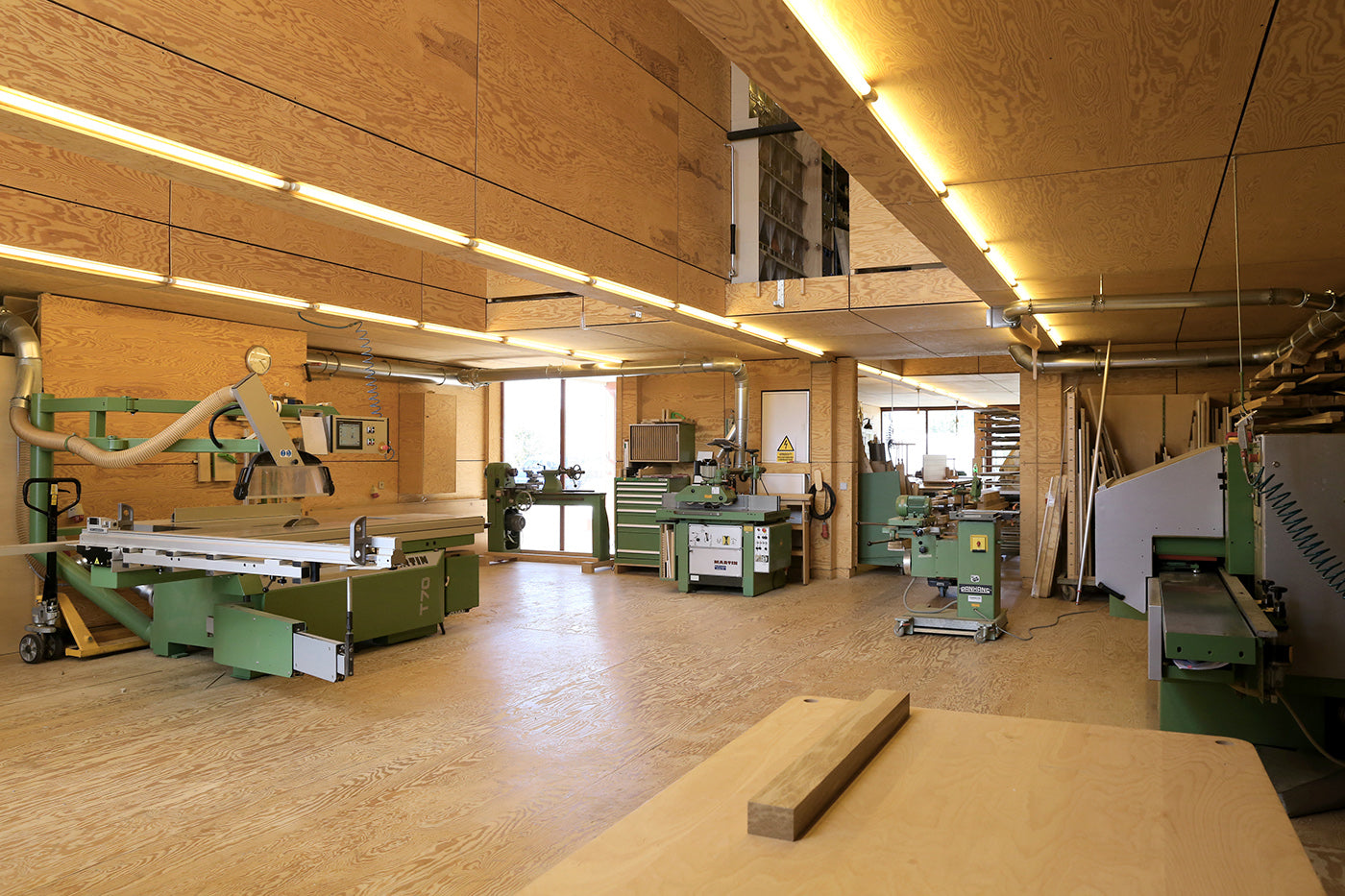
The 'Containerwerkstatt' from Grimme was created with a simple mission: to be the best place to work. Inside, the containers are concealed with pine plywood and articulated with glass. (Photo: Johannes Grimme)
Do you think container architecture will face challenges in the future, if so, what will they be?
Yes, I think so. Freight container structures can not imitate or replace conventional architecture. We need diversity in the architectural landscape. Container architecture will be a special style for people who like the image of freight containers, such as global travelers, nomadic communities, or slightly more unconventional lifestyles. But also for people who build simple homes very cheap worldwide through disposable container space modules. If sea levels rise higher in the future, we will need amphibious and floating buildings, and even floating cities. The worldwide available freight containers are affordable standard units to configure buildings and even pontoons. Container modules allow assembling, disassembling, and reassembling to make new configurations, even on new locations if necessary. It is very sustainable!
Learn about how modular design has evolved beyond the norm through Container Atlas. Available in German and English.

